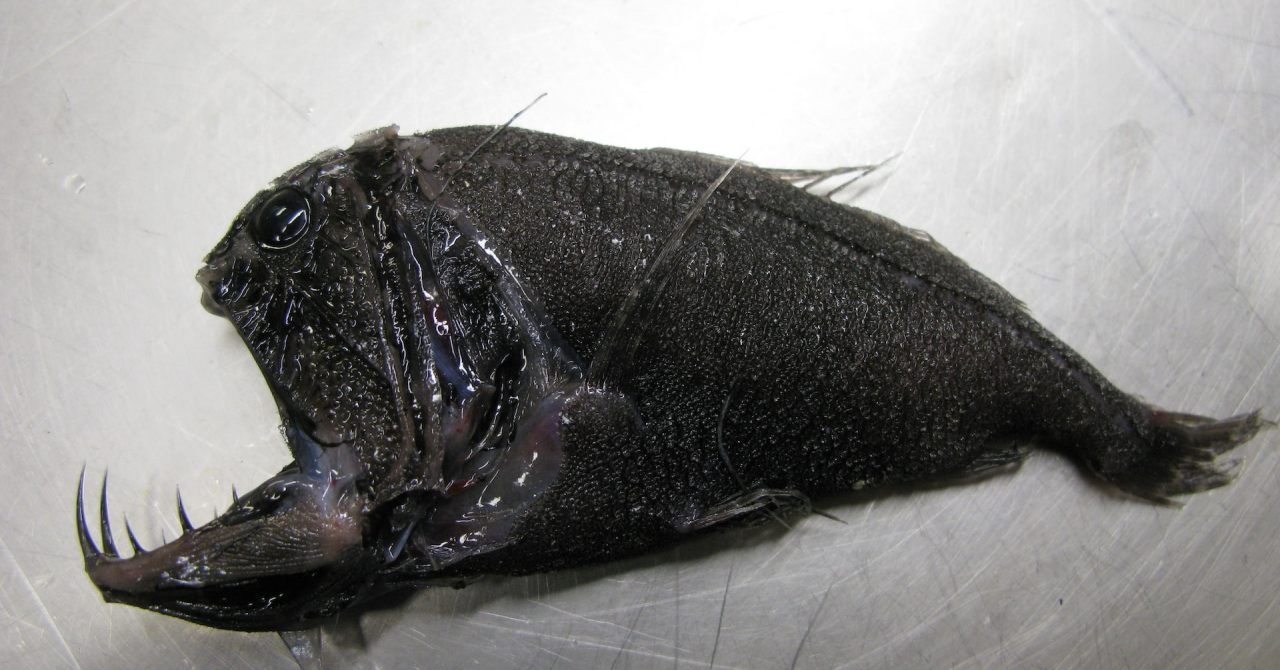According to World Economic Forum, although the deep part of our seas contains around 90% of their waters, only a third of the fish species actually live in these parts.
Until now, scientists believed that this was due to the fact that shallow waters are warmer and they contain significantly more resources, which is why more fish species thrive in these locations.
Elizabeth Miller, who participated in the study, said that "it’s easy to look at shallow habitats like coral reefs, which are very diverse and exciting, and assume that they’ve always been that way."
"These results really challenge that assumption, and help us understand how fish species have adapted to major changes to the climate", she added.
The deep part of the sea can be defined as the area that is 200 meters deep or deeper, since sunlight can't get to such depths and thus, photosynthesis cannot occur.
Because of this, the waters are significantly less warm and there are also less resources for marine life, which is why there aren't many species of fish that are able to live at such depths and below.
Over the course of time, fish species evolved, which is why many moved to deeper waters only to come closer to the surface at a later time.
The three events that changed marine life forever
According to Miller, there were three big events that caused this to happen, the first of them being the breaking of Pangea around 200 to 150 million years ago, according to her.
"That created new coastlines and new oceans, which meant there were more opportunities for fishes to move from shallow to deep water. There were suddenly a lot more access points."
The Cretaceous Hot Greenhouse event was the second climate catastrophe that is considered as one of the hottest periods on our planet and it took place around 100 million years ago.
During this time, sea levels rose so much that waters flooded entire areas on continents, expanding the territories where fish lived.
"It was around this period that we really see shallow-water fishes take off and diversify", says Miller. "We can trace a lot of the species diversity we see in the shallows today to this time."
The third massive climate event happened 15 million years ago and it is known as the middle Miocene, when the continents separated themselves even further, changing ocean currents and thus, cooling down waters and the entire planet in general.
"Around this time, we see deep-sea speciation rates really speed up. This was especially driven by cold-water fishes. A lot of the species you see today off the coasts of Washington and Alaska diversified during this time", Miller explained.
Specially-adapted bodies for survival
Still, in order to thrive in the deepest parts of the seas, fish need to develop special traits and skills in order to survive and even to move around, as there is nowhere near enough light to see there.
This is why scientists explain that for such species to survive, they first need large jaws, which gives them more opportunities to catch prey, which is also much scarcer.
Another important physical trait of these species is their pointy tail, which helps them navigate easier at lower points and also conserves their energy.
Miller says that "If you look at who lives in the deep sea today, some species have a tapered body and others have big, scary, toothy jaws. Those two body plans represent ancestors that colonized the deep sea millions of years apart."
The overall change in ocean life throughout the years could be helping us to understand how climate change will affect our fish species, especially those that live in deeper, colder parts of the seas.
Since the Earth's largest bodies of water are constantly warming, so is the deep sea, which is why these species that have learned to survive over millions of years could potentially be in danger.
 Mihai - Cristian Ioniță
Mihai - Cristian Ioniță












Any thoughts?